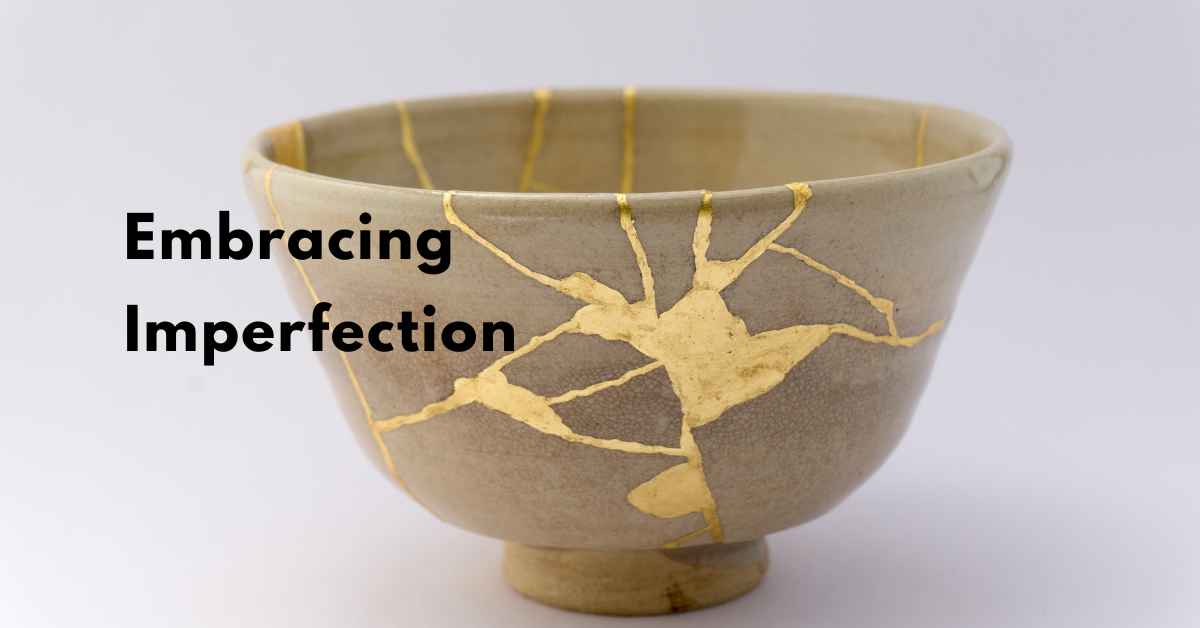Imperfection is a natural part of being human, yet many of us strive for perfection in every aspect of our lives. The relentless pursuit of flawlessness can lead to anxiety, stress, and dissatisfaction. In this blog post, we will explore the importance of embracing imperfection and letting go of perfectionism. By accepting our flaws and understanding that perfection is unattainable, we can cultivate self-compassion, resilience, and a greater sense of fulfillment in our lives.
Understanding Perfectionism
The Psychology of Perfectionism
Your quest for perfection may stem from a variety of underlying factors such as fear of failure, low self-esteem, or the need for external validation. Perfectionists often set unrealistically high standards for themselves and are overly critical of their own performance, leading to feelings of dissatisfaction and anxiety.
The Impact on Daily Life
With perfectionism, even simple tasks can become daunting as the fear of making mistakes paralyzes your actions. This constant need for flawlessness can result in procrastination, indecision, or even avoidance of new challenges. Relationships may suffer as well, as the pressure to be flawless extends to interactions with others.
This pressure to excel in all areas of life can lead to burnout, anxiety, and even depression. Learning to let go of perfectionism and embrace imperfection is crucial for mental well-being and personal growth.
The Pitfalls of Pursuit of Perfection
Mental Health Risks
Risks of perfectionism can take a toll on mental health. The constant pressure to achieve flawlessness can lead to anxiety, depression, and stress. Individuals may experience feelings of never being good enough or constantly comparing themselves to an unattainable standard, which can greatly impact their overall well-being.
Relationship Strains and Societal Pressure
Pitfalls of pursuing perfection also extend to relationships and societal expectations. The need to always appear perfect can create strains in personal relationships, as individuals may struggle to show vulnerability or seek help when needed. Moreover, societal pressure to conform to unrealistic standards of perfection can result in feelings of inadequacy and a constant need for external validation.
Pressure to adhere to these ideals can lead to a sense of isolation and disconnection from others, as individuals may fear being judged or rejected for showing any sign of imperfection. This societal pressure can be overwhelming and contribute to a cycle of seeking approval and validation from external sources.
Strategies for Embracing Imperfection
Mindfulness and Self-Acceptance
Self-acceptance is a crucial aspect of embracing imperfection. By practicing mindfulness, you can become more aware of your thoughts and feelings without judgment. This allows you to acknowledge your imperfections and accept them as a natural part of being human. Embracing self-acceptance through mindfulness can help you cultivate a greater sense of peace and acceptance of yourself.
Setting Realistic Goals and Expectations
Setting realistic goals and expectations is important when it comes to embracing imperfection. It is important to recognize that perfection is unattainable and setting overly high standards can lead to disappointment and frustration. By setting realistic goals that align with your values and abilities, you can experience a sense of accomplishment and fulfillment without the pressure to be perfect.
Mindfulness can help you stay present and focused on the journey rather than the end goal. By being mindful of your actions and intentions, you can cultivate a greater sense of self-awareness and compassion towards yourself. This can help you navigate challenges with resilience and adaptability, allowing you to embrace imperfection with grace and self-compassion.
Transforming Perfectionism into Excellence
The Difference Between Perfection and Excellence
Excellence is the pursuit of doing your best, improving continuously, and setting high standards for yourself, whereas perfectionism is the unrealistic drive for flawlessness and an intense fear of making mistakes. While excellence allows for growth and learning from setbacks, perfectionism can lead to anxiety, self-doubt, and paralysis.
Cultivating a Growth Mindset
Any individual can transition from a perfectionistic mindset to one of excellence by cultivating a growth mindset. This involves embracing challenges, seeing failures as opportunities for growth, and believing in the power of effort and perseverance to achieve success. By shifting your focus from seeking perfection to striving for excellence, you open yourself up to endless possibilities for growth and development.
It is vital to remember that embracing imperfection and letting go of perfectionism is a journey that requires self-awareness, practice, and patience. By adopting a growth mindset and understanding the difference between perfection and excellence, you can move towards reaching your full potential and living a more fulfilling life.
Conclusion
Summing up, embracing imperfection and letting go of perfectionism is necessary for personal growth and well-being. By understanding that perfection is unattainable and accepting our flaws, we can foster self-compassion, reduce anxiety, and increase creativity. Embracing imperfection allows us to set realistic goals, learn from mistakes, and live a more fulfilling life. It is a journey towards self-acceptance and resilience that leads to a healthier mindset and a happier existence.
References
- Brown, B. (2010). The gifts of imperfection: Let go of who you think you’re supposed to be and embrace who you are. Hazelden Publishing.
- Neff, K. D. (2011). Self-compassion: Stop beating yourself up and leave insecurity behind. HarperCollins.
- Smith, M. (2018). The benefits of being imperfect: Embrace the positive power of imperfection. PositivePsychology.com.
- Sirois, F. M., & Kitner, R. (2015). Less adaptive or more maladaptive? A meta-analytic investigation of procrastination and coping. European Journal of Personality, 29(4), 433-444.
- Flett, G. L., Hewitt, P. L., & Dyck, D. G. (1989). Self-oriented perfectionism, neuroticism, and anxiety. Personality and Individual Differences, 10(7), 731-735.




